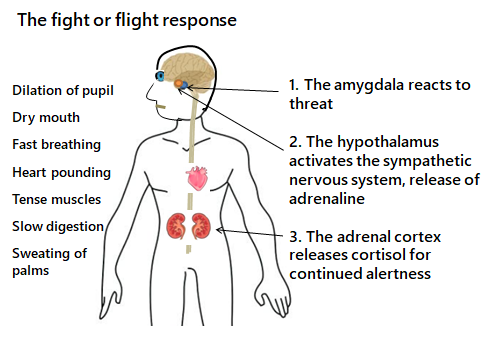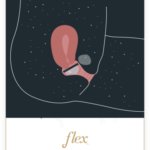Vaginismus

Most people will cringe at the topic of today’s blog. And the main reason is probably because it has the dreaded “v-word” in it. It seems, using anatomical words can throw us for a loop. We feel like we have been caught talking dirty in some way. But far too few people know about this condition, so it is time we start talking more about Vaginismus.
‘Vaginismus’ is a condition in which a woman’s pelvic floor muscles (the muscles that can help control bowel movements and urination) spasm involuntarily. So this condition can make penetration extremely painful, including but not limited to sex, using a tampon, or getting a gynecologic exam done. This is a bit of a catch-all term though, because, while the result of spasming pelvic musculature is the common thread, there are many causes. This topic is a bit of a taboo, because most women do not speak very openly with other women about their sexual satisfaction or struggles.
Here are some potential causes of vaginismus:
Psychological Causes
Trauma:
One common source of vaginismus is having a history of trauma, whether sexual or otherwise. When a person feels that they have been violated in some way, it can make any sort of intimate contact, like touching the perineal region, very overwhelming. As a result, it can also trigger feeling unsafe and set off that “fight or flight” response that the sympathetic nervous system produces. Therefore, this response causes increased tone, or resting tension, in the muscles, including the pelvic floor muscles.
Anxiety:
Some women may have involuntary spasming in the pelvic floor for a similar reason as those with a history of trauma. The “fight or flight” response in the body can cause increased muscle guarding, but the difference is that it can be triggered by both positive and negative stresses. An example of positive anxiety/stress is that which accompanies a woman’s first experience with sex. Sex is usually something that is very anxiously awaited. Therefore, the nervous system is on high alert.
A negative source of anxiety/stress may be something like a woman’s first experience with a gynecologist performing a pelvic exam. First, many anticipate pain and awkwardness, which unfortunately, then makes it more likely that a woman experiences spasming and muscle guarding.
Views toward sexuality:
Another psychological source of vaginismus, especially related to pain during sex, can be a woman’s subconscious views towards sex. In our culture, it seems that many women fall on one of two extreme ends of a spectrum. They either seek “sexual freedom” without necessarily rectifying how these experiences fit within their moral code, or they prioritize morality while subsequently feeling that they must suppress sexual desires. In reality, most women feel happiest about their sexuality when they are somewhere in the middle. Ideally, we could all live out or sexuality in a way that complies with our personal morality, while also seeking enjoyment and sexual fulfillment.
When a woman does not feel good about her sexual choices or when she seeks to simply suppress her sexual desires, she can experience real, physical consequences like vaginismus.
Physical Causes
Poor muscular control:
Some women experience vaginismus, simply due to a poor awareness or ability to control their pelvic floor muscles. So they may have hypertonicity, or high resting tone in the muscles, that they have a hard time turning down when needed, like with inserting a tampon.
Trauma:
Physical trauma can also be a cause of vaginismus. This is similar to psychological trauma. A woman may have had no previous pain with sex or pelvic exams, and suddenly after some physically traumatic event, she develops this condition. Examples of physical trauma can be tearing from childbirth or scarring from a pelvic infection.
What can be done?
- Seek medical help. A doctor and/or a pelvic health physical therapist can teach women to control the muscles of the pelvic floor to reduce the effects of involuntary spasming.
- Seek counseling and support groups. Some psychological sources of vaginismus will simply not resolve on their own without a woman working through her thoughts and feelings that are exacerbating the symptoms of the condition.
- FertilityCare! When a woman learns to chart her cycles, ideally with her partner, the couple is challenged to discuss openly their views on sex and family planning. Both people can also learn more about how a woman’s body works and get more comfortable with using correct anatomical and physiological terms to work through the source of the issue, whether it is psychological or physical. This knowledge alone can help many women, but for some it may not be adequate. These women can then, hopefully, be referred to appropriate medical providers for further help.







